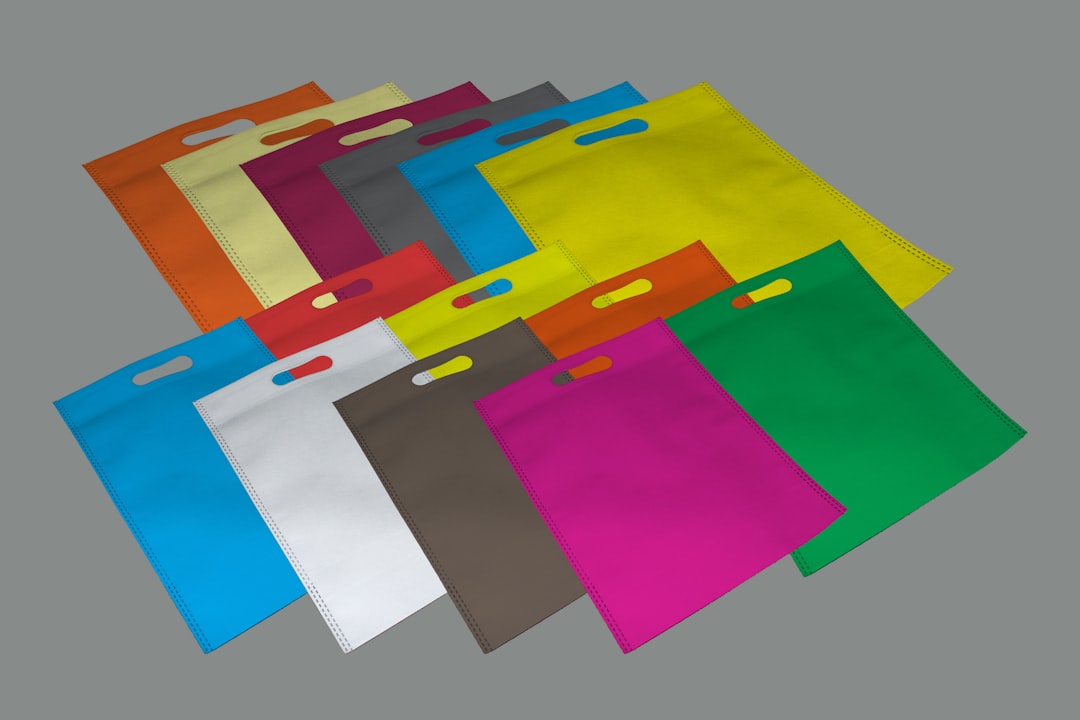WordPress plugins add incredible functionality to websites, but they can also slow down load times if not optimized properly. Slow websites can lead to higher bounce rates, poor user experience, and reduced SEO rankings. Therefore, reducing plugin load times is crucial for achieving better website performance while maintaining essential features.

This guide covers strategies to identify, optimize, and manage plugin performance for a faster and more efficient WordPress site.
Why Reducing Plugin Load Times Matters
Plugins enhance a WordPress website by adding features such as contact forms, SEO tools, and e-commerce capabilities. However, poorly coded or resource-intensive plugins can:
- Increase page load times, negatively affecting user experience.
- Consume excessive server resources, leading to higher hosting costs.
- Lower SEO rankings, as search engines prioritize fast websites.
Focusing on reducing plugin load times ensures your site runs smoothly, providing a seamless experience for users and search engines alike.
Identifying Plugins That Slow Down Your Website
The first step in reducing plugin load times is identifying plugins that consume excessive resources or slow down your site.
Use Performance Testing Tools
Several tools can help pinpoint resource-heavy plugins:
- Query Monitor: A WordPress plugin that highlights slow queries, hooks, and scripts.
- GTmetrix: A performance analysis tool that identifies bottlenecks in plugin-related requests.
- Pingdom Tools: Measures load times and identifies slow plugins contributing to delays.
Analyze Plugin Impact
Plugins may affect your site in different ways:
- Database Queries: Some plugins perform frequent or inefficient queries, increasing load times.
- External Requests: Plugins that rely on external APIs can slow down your site if the third-party service is unresponsive.
- Frontend Scripts: JavaScript or CSS files loaded by plugins can increase page size and render-blocking issues.
Regularly monitoring your plugins with tools like New Relic provides insights into their performance impact.
Reducing Plugin Load Times by Optimizing Resources
Optimizing plugins involves reducing the resources they consume without losing functionality.
Minimize HTTP Requests
Plugins often load additional JavaScript or CSS files. Combining and minifying these files reduces the number of HTTP requests and speeds up loading.
Use plugins like Autoptimize to combine and compress files.
Defer Non-Essential Scripts
Load non-critical JavaScript files asynchronously or defer them until after the page is fully loaded. This prevents scripts from blocking rendering.
Example using wp_enqueue_script:
function defer_plugin_scripts($tag, $handle) {
if ('plugin-script-handle' === $handle) {
return str_replace('src', 'defer="defer" src', $tag);
}
return $tag;
}
add_filter('script_loader_tag', 'defer_plugin_scripts', 10, 2);
Optimize Database Queries
Resource-intensive plugins may execute inefficient database queries. Use caching to reduce database load:
- Object Caching: Stores query results to reduce repetitive queries. Tools like Redis Object Cache can help.
- Transients API: Cache data for temporary use to avoid frequent API calls or queries.
Remove Unused Plugin Features
Many plugins come with features you might not need. Disable unnecessary functionality via plugin settings or custom code to streamline performance.
For more tips on optimizing resources, visit Kinsta’s Performance Optimization Guide.
Reducing Plugin Load Times by Managing Active Plugins
Managing the number of active plugins and their usage can significantly improve load times.
Deactivate Unused Plugins
Even inactive plugins may affect website performance if they contain autoloaded data or scripts. Deactivate and delete any plugins you’re not using.
Replace Heavy Plugins
Replace resource-intensive plugins with lightweight alternatives. For example:
- Use Rank Math instead of multiple SEO plugins.
- Replace bloated form builders with minimal alternatives like Contact Form 7.
Avoid Overlapping Functionality
Using multiple plugins for similar purposes can lead to redundant scripts and conflicts. Audit your plugins and consolidate where possible.
For guidance on plugin management, check out WPBeginner’s Plugin Tips.
Reducing Plugin Load Times with Caching and Content Delivery
Caching and CDNs can significantly reduce the load times of plugins by serving pre-rendered content and offloading resources.
Implement Page Caching
Caching stores pre-generated HTML of your pages, bypassing the need for plugins to execute PHP or database queries on every request. Popular caching plugins include:
Use a Content Delivery Network (CDN)
CDNs distribute your website’s static content, such as images and scripts, across multiple servers globally. This reduces load times by serving content from a server closest to the user. Services like Cloudflare integrate seamlessly with WordPress.
Cache Plugin-Specific Resources
Some plugins load external assets that can be cached. For example, caching APIs or fonts ensures quicker delivery to users.
For more details on caching, explore WPBeginner’s Caching Guide.
Best Practices for Reducing Plugin Load Times
Adopting best practices during plugin selection, installation, and maintenance ensures optimal performance over time.
Audit Plugins Regularly
Periodically review your plugins to ensure they remain necessary and efficient. Remove plugins that no longer align with your website’s needs.
Choose Well-Coded Plugins
Opt for plugins with high ratings, active support, and regular updates. Poorly coded plugins often introduce inefficiencies and vulnerabilities.
Update Plugins and WordPress Core
Outdated plugins may not work optimally with the latest WordPress version. Regular updates often include performance improvements.
Limit Plugin-Driven Features
Whenever possible, use built-in WordPress functionality or custom code instead of plugins for small tasks. This reduces overhead and improves site speed.
Debugging Plugin Performance Issues
Troubleshooting performance issues related to plugins ensures long-term stability.
Enable Debugging
Turn on WordPress debugging to identify errors or slow functions caused by plugins.
Example: Add this to your wp-config.php file:
define('WP_DEBUG', true);
define('WP_DEBUG_LOG', true);
Use Staging Environments
Test plugin performance in a staging environment to identify bottlenecks without affecting your live site. Tools like WP Staging make this process easier.
Profile Plugins
Use profiling tools like Query Monitor to measure the impact of each plugin on load times.
Conclusion
Reducing plugin load times is vital for improving website performance, enhancing user experience, and boosting SEO rankings. By optimizing resource usage, managing active plugins, and implementing caching solutions, you can achieve faster load times without sacrificing functionality.
Start implementing these strategies today to ensure your WordPress site remains efficient and user-friendly. For further resources, explore WP Rocket’s Blog or Kinsta’s Performance Guides.